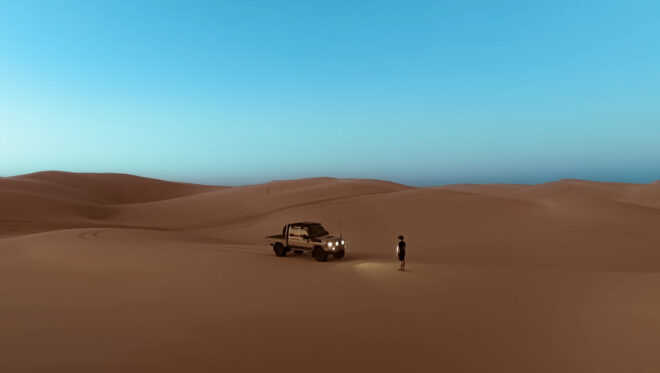Understanding Drone Photography in Desert Landscapes
When it comes to photographing desert landscapes with a drone, there are several factors to consider. From choosing the right equipment to understanding the unique challenges of capturing images in a desert environment, this guide will help you make the most of your aerial photography experience.
Selecting the Right Drone for Desert Landscapes
Choosing the right drone for capturing desert landscapes is crucial. Look for a drone with a high-resolution camera, long battery life, and stable flight capabilities. Drones with GPS technology can also be beneficial for capturing precise locations in remote desert areas.
Adjusting Camera Settings for Desert Conditions
When photographing desert landscapes with a drone, it’s essential to adjust your camera settings to account for the bright sunlight and harsh conditions. Increase your shutter speed to avoid overexposure, adjust your ISO to capture details in low light, and consider using a polarizing filter to reduce glare and enhance colors.
Planning Your Flight Path in Desert Environments
Before taking off, it’s important to plan your flight path carefully. Choose a location with interesting features and optimal lighting conditions. Avoid flying over restricted areas and be mindful of wildlife habitats in desert environments.
Capturing Unique Perspectives and Angles
One of the advantages of using a drone for photography is the ability to capture unique perspectives and angles. Experiment with different heights, angles, and compositions to create visually stunning images of desert landscapes from above.
Overcoming Challenges of Desert Drone Photography
Photographing desert landscapes with a drone comes with its own set of challenges. Be prepared for strong winds, extreme temperatures, and limited battery life. Consider bringing extra batteries, a sunshade for your phone or tablet, and protective gear for your drone in case of harsh weather conditions.
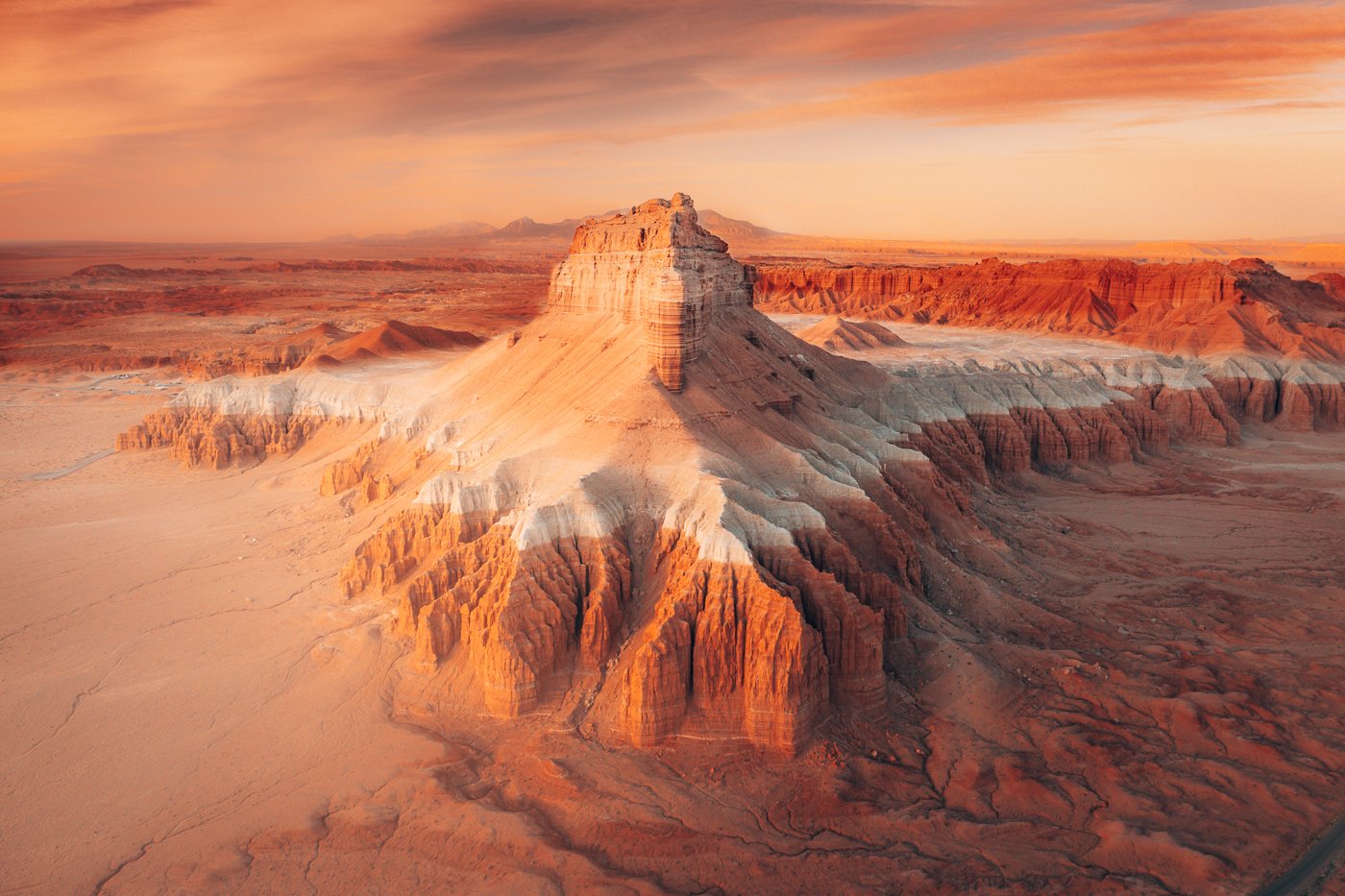
This image is property of images.squarespace-cdn.com.
Best Practices for Photographing Desert Landscapes
To ensure successful drone photography in desert landscapes, follow these best practices:
Timing Your Flights for Ideal Lighting Conditions
Timing is crucial when photographing desert landscapes with a drone. Plan your flights during the golden hours of sunrise and sunset to capture soft, warm light that enhances the textures and colors of the desert environment. Avoid midday flights when the sunlight is harsh and can create harsh shadows.
Utilizing Composition Techniques for Dynamic Images
Composition plays a significant role in creating visually striking images of desert landscapes. Experiment with leading lines, the rule of thirds, and symmetry to add depth and interest to your photos. Incorporate foreground elements such as desert plants or rocks to create a sense of scale and context.
Exploring Different Perspectives and Angles
Don’t be afraid to experiment with different perspectives and angles to capture the beauty of desert landscapes from above. Fly low to the ground to showcase intricate textures and patterns, or soar high to capture sweeping vistas of vast desert landscapes. Use the drone’s gimbal to tilt and pan smoothly for dynamic shots.
Leveraging Editing Tools for Post-Processing
Post-processing can enhance the quality of your drone photos and bring out the true beauty of desert landscapes. Use editing tools such as Adobe Lightroom or Photoshop to adjust exposure, contrast, and colors. Remove distractions or imperfections and fine-tune your images to achieve a professional look.
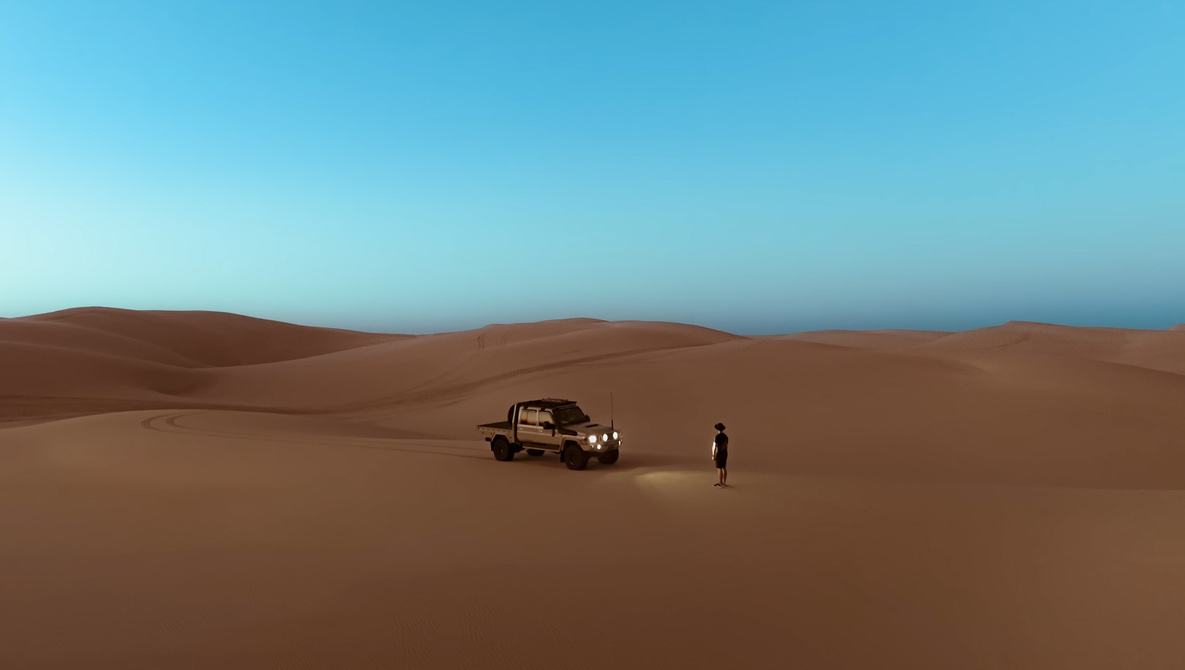
This image is property of cdn.fstoppers.com.
Environmental Considerations for Desert Drone Photography
As a responsible drone photographer, it’s essential to prioritize environmental conservation and protection when photographing desert landscapes. Follow these environmental considerations:
Respecting Wildlife and Natural Habitats
When flying your drone in desert environments, be mindful of wildlife and natural habitats. Avoid disturbing wildlife or nesting sites, and maintain a safe distance to prevent any potential harm. Adhere to local regulations and guidelines for flying drones in protected areas.
Minimizing Your Impact on the Environment
Minimize your impact on the desert environment by practicing Leave No Trace principles. Pack out all trash, avoid trampling vegetation, and stay on designated trails when possible. Be a responsible steward of the desert landscape and leave it as you found it for future generations to enjoy.
Supporting Conservation Efforts in Desert Regions
Consider supporting conservation efforts in desert regions by donating to organizations dedicated to preserving natural habitats and wildlife. Get involved in local clean-up initiatives or volunteer for community-based conservation projects to make a positive impact on the environment.
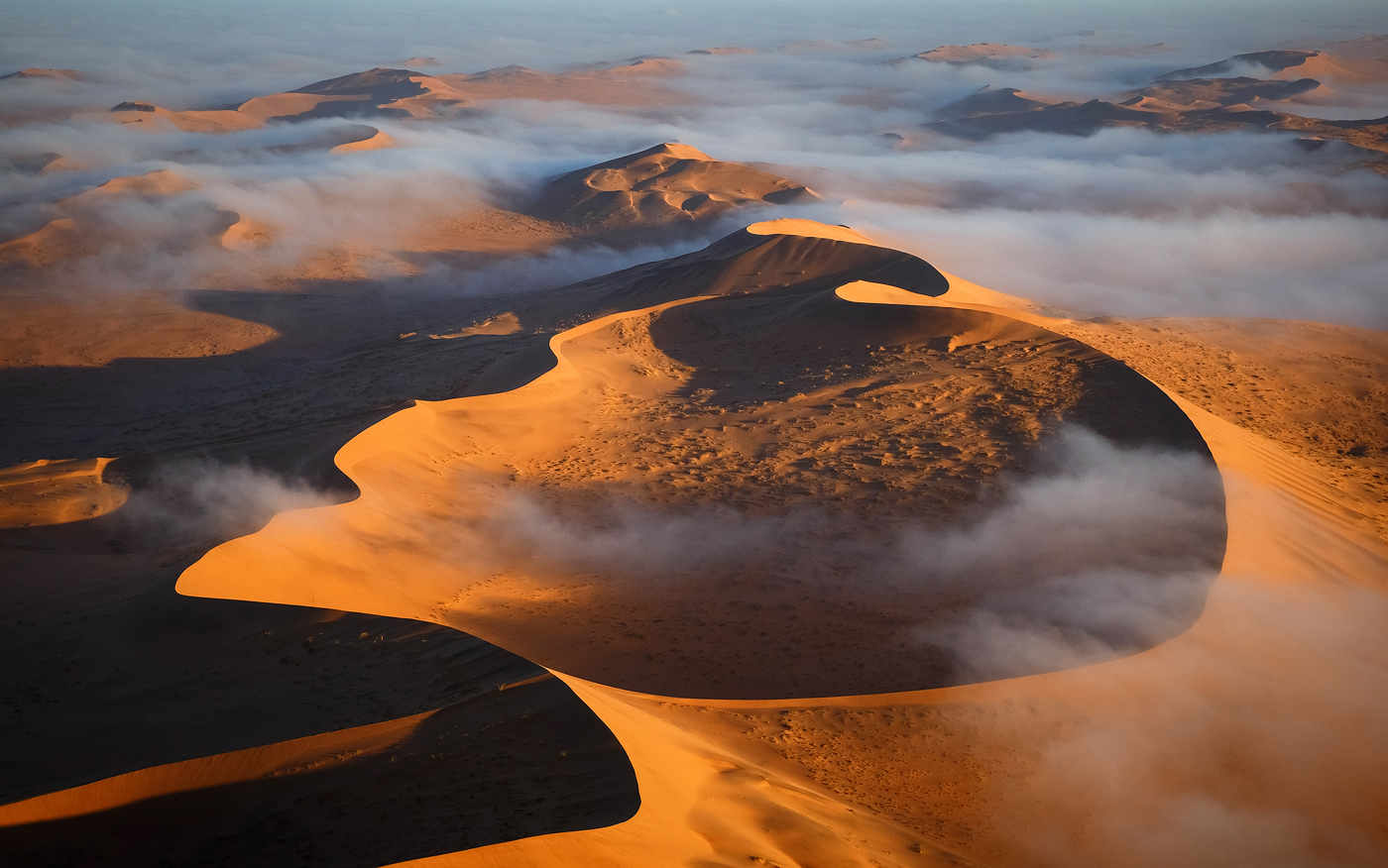
This image is property of www.dpreview.com.
Safety Tips for Desert Drone Photography
Safety should always be a top priority when flying a drone in desert landscapes. Follow these safety tips to ensure a successful and incident-free aerial photography experience:
Checking Weather Conditions Before Flying
Before taking off, check the weather conditions in the desert area where you plan to fly your drone. Avoid flying in strong winds, thunderstorms, or extreme heat that can impact your drone’s performance and safety. Be prepared for sudden weather changes and adjust your flight plan accordingly.
Maintaining Line of Sight with Your Drone
Maintain a clear line of sight with your drone at all times to avoid collisions or accidents. Keep your drone within visual range and avoid flying beyond your capabilities or the drone’s range. Use the drone’s built-in safety features such as Return-to-Home (RTH) function in case of signal loss or emergency situations.
Flying Responsibly and Following Regulations
Follow the FAA regulations and guidelines for flying drones in desert landscapes. Register your drone, fly below 400 feet, and respect the privacy of others when capturing images. Be aware of any local restrictions or no-fly zones in the area and obtain any necessary permits or permissions before flying.
Performing Pre-Flight Checks and Inspections
Before each flight, perform thorough pre-flight checks and inspections to ensure your drone is in optimal condition. Check the battery level, propellers, and camera settings, and calibrate the compass and GPS if necessary. Keep a checklist of essential items and safety procedures to follow before taking off.
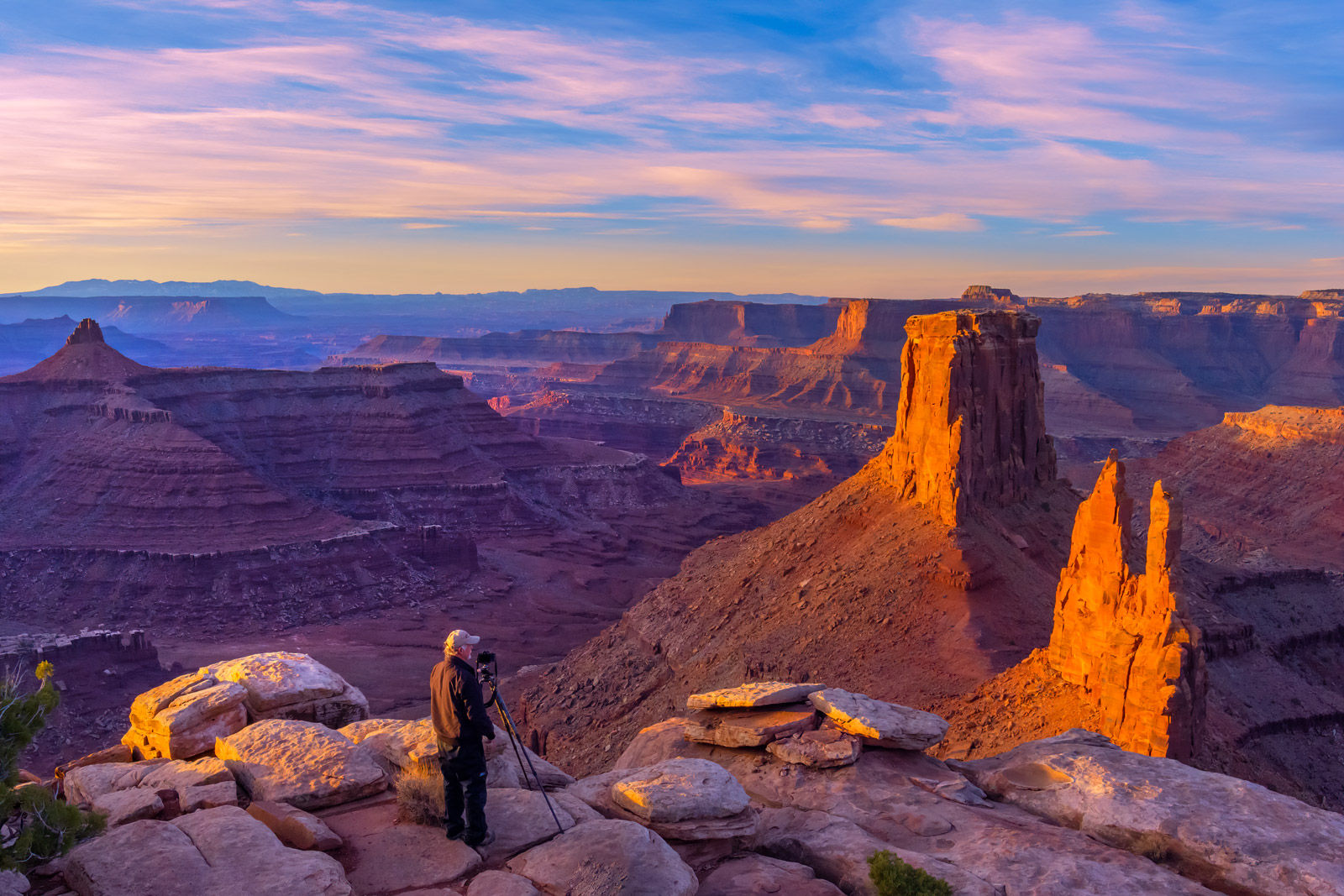
This image is property of www.josephfiler.com.
Conclusion
Photographing desert landscapes with a drone can be a rewarding and exhilarating experience for photographers of all skill levels. By selecting the right equipment, adjusting your camera settings, planning your flights carefully, and following best practices for aerial photography, you can capture stunning images of the unique beauty of desert environments from a new perspective. Remember to prioritize safety, environmental conservation, and responsible drone operation to ensure a positive and memorable drone photography experience in the desert.
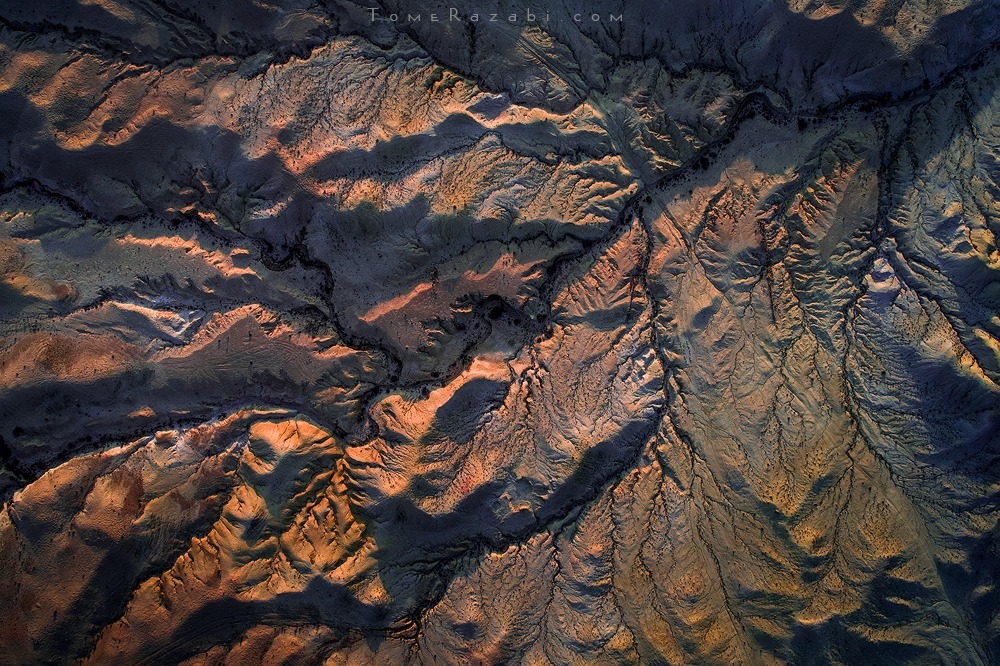
This image is property of www.tomerazabi.com.

